Question of the Week…
Items we used for this experiment:
~ two straws
~ water
~ glass
Predictions and Experiment…
Each of the kids made a prediction about what would happen when we put one straw in the cup, one straw out of the cup and then tried to suck the water up through the straw. Would the water come up through the straw faster, make bubbles, go up one and down the other, or do nothing at all?
Each of the kids took turns and had a very hard time getting any water to travel up the straw, but they were determined to try!

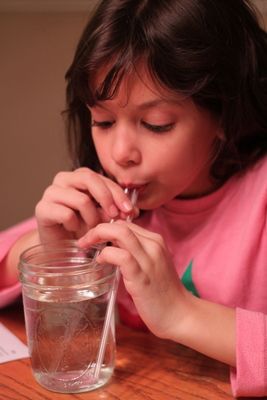
The Nutshell Reason…
Air moves from areas of higher pressure to areas of lower pressure. When you suck on a straw in a glass of water, the air pressure in your mouth decreases and the water is forced up through the straw {from an area of higher pressure to the lower pressure}.
With two straws, one not being inside the glass, air travels up the second straw into your mouth and the pressure inside your mouth is about equal to the pressure outside…and the water won’t travel up the straw.
After the Experiment…
We had to keep trying! The kids all took turns trying to get the water up the straw. Many giggles and much fun from something super simple!
 Resource: How to Do Science Experiments with Children is available from Amazon and you can also check it out {and do some of the experiments} using Google Docs! The experiments use easy-to-find objects and also include record sheets for kids to fill out with their predictions and experiment results. Each experiment also includes teaching tips and explanations…which are rather handy! :)
Resource: How to Do Science Experiments with Children is available from Amazon and you can also check it out {and do some of the experiments} using Google Docs! The experiments use easy-to-find objects and also include record sheets for kids to fill out with their predictions and experiment results. Each experiment also includes teaching tips and explanations…which are rather handy! :)
Don’t forget to check out some other great science ideas at Science Sunday hosted by Ticia at Adventures in Mommydom.


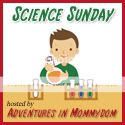



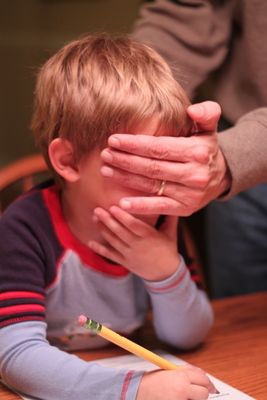
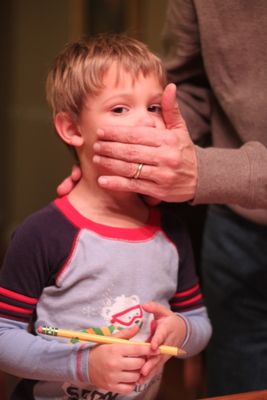

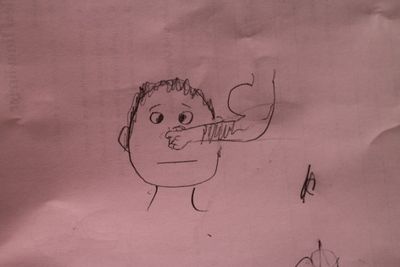
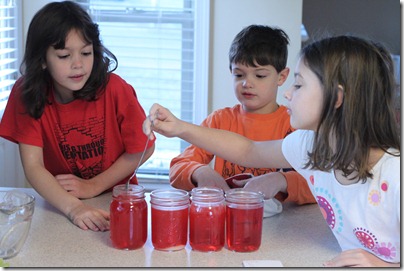
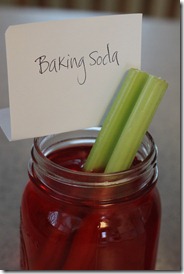

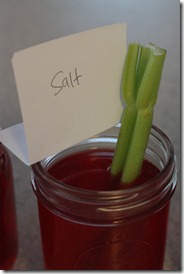
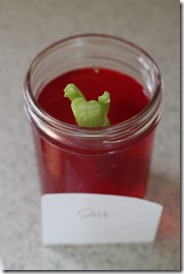
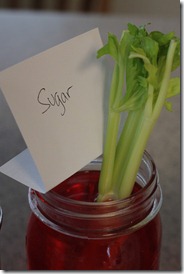
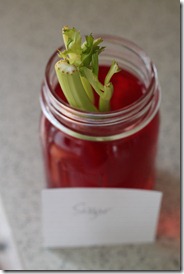



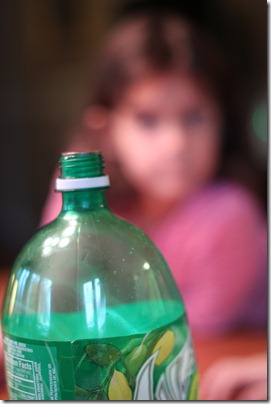
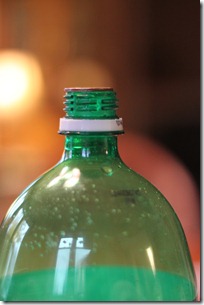
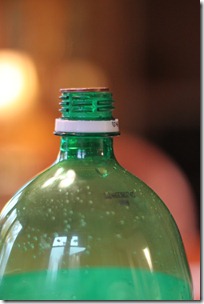
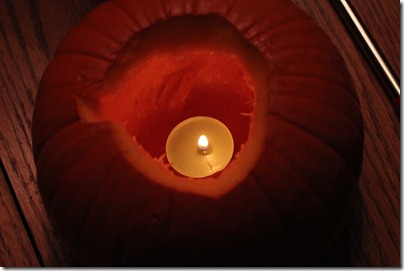
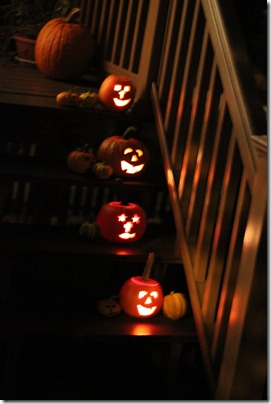
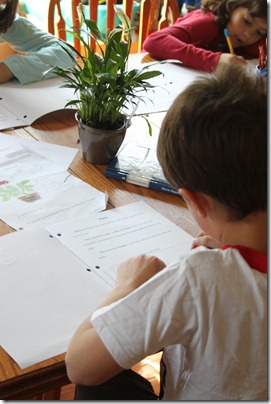
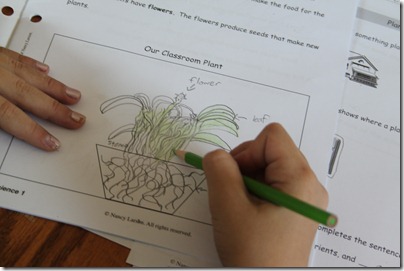





 The printables shared on this site are FREE of charge unless otherwise noted, and you are welcome to download them for your personal and/or classroom use only. However, free or purchased printables are NOT to be reproduced, hosted, sold, shared, or stored on any other website or electronic retrieval system (such as Scribd or Google docs). My printables are copyright protected and I appreciate your help in keeping them that way.
If you download and use some of my printables and then blog about them, please provide a link back to my blog and let me know - I'd love to see how you are using them! Please be sure to link to the blog post or web page and not directly to the file itself. Thank you!
The printables shared on this site are FREE of charge unless otherwise noted, and you are welcome to download them for your personal and/or classroom use only. However, free or purchased printables are NOT to be reproduced, hosted, sold, shared, or stored on any other website or electronic retrieval system (such as Scribd or Google docs). My printables are copyright protected and I appreciate your help in keeping them that way.
If you download and use some of my printables and then blog about them, please provide a link back to my blog and let me know - I'd love to see how you are using them! Please be sure to link to the blog post or web page and not directly to the file itself. Thank you!